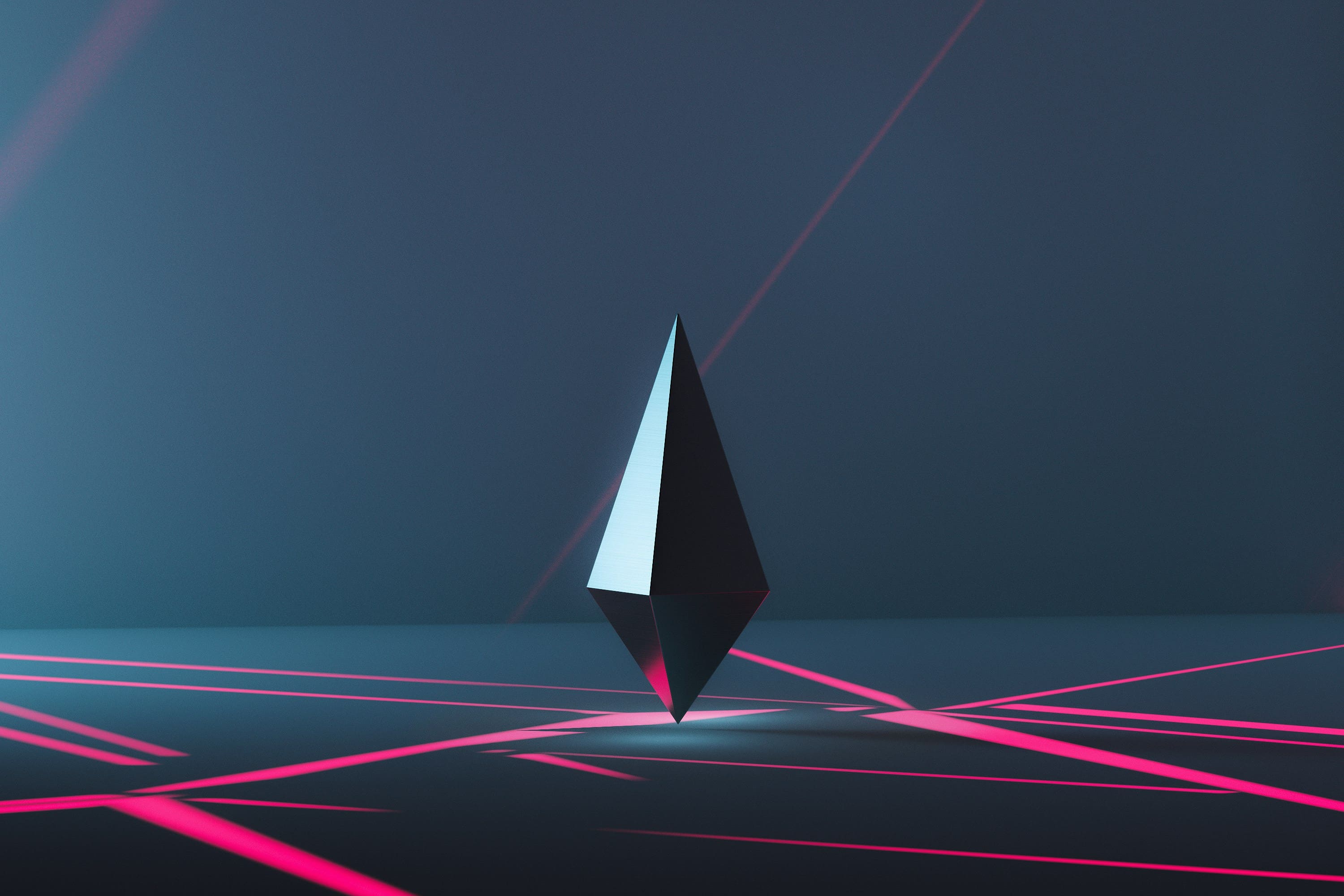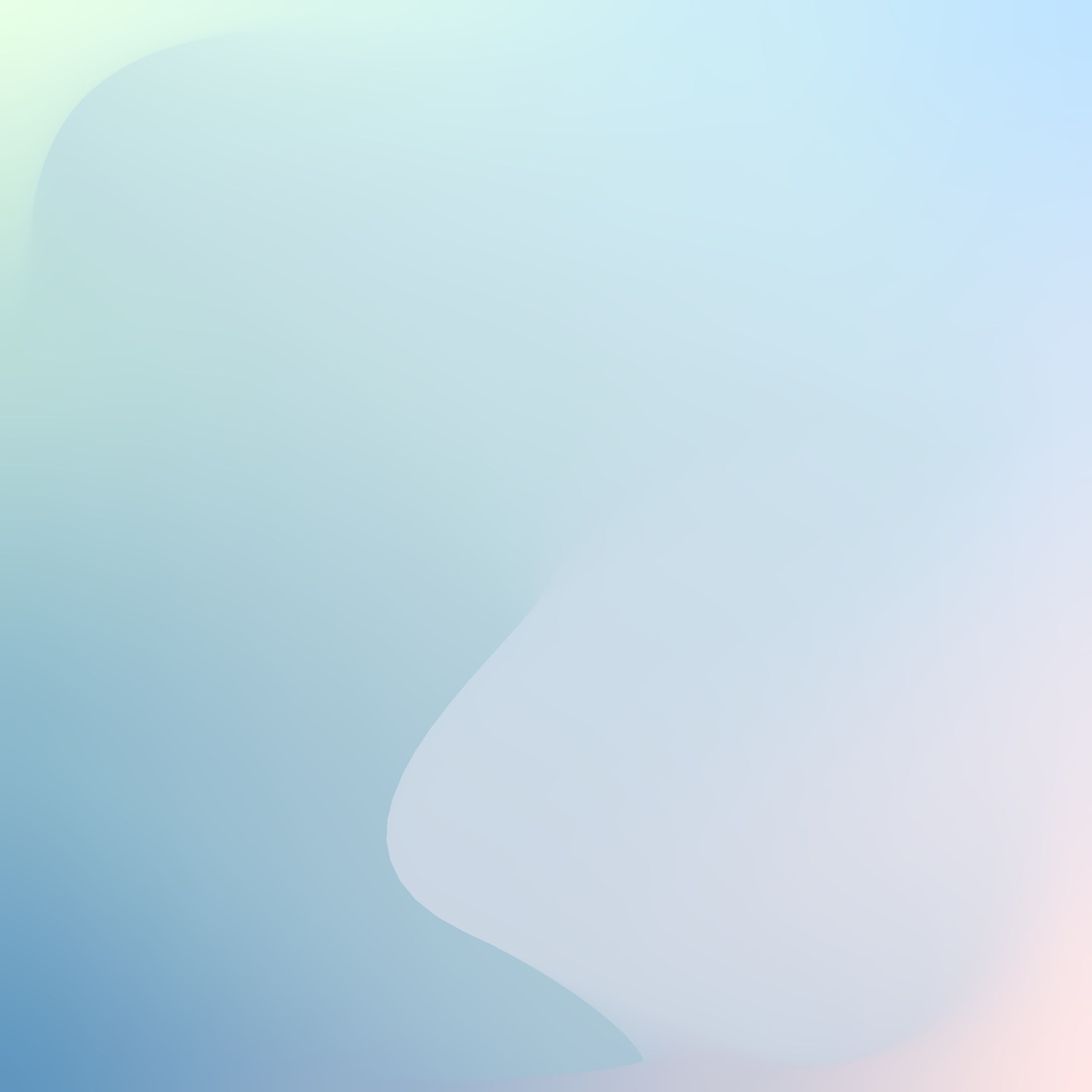Integrating latest Material Design Web components in Angular
In this quick tutorial, we will learn how to integrate @material/web components with example of buttons in Angular.
20th October, 2023 — 4 min read

Error
Cannot GET /assets/articles/integrate-material-web-in-angular.md

Written by Dharmen Shah
I have around 12+ years of experience in IT industry. I have got opportunity to work at different companies with different technologies, mostly focused on Front-end, like Angular, React, Next, vanilla web stack (HTML, CSS, JavaScript).
Share this article
View all articles
View Angular Material Blocks


Don't miss any update
Stay up to date
Subscribe to the newsletter to stay up to date with articles, courses and much more!
Angular Material Dev is one place stop for developers to learn about integrating Material Design in Angular applications like a pro.
Find us on X (Twitter) and LinkedIn
© 2026 Angular Material Dev